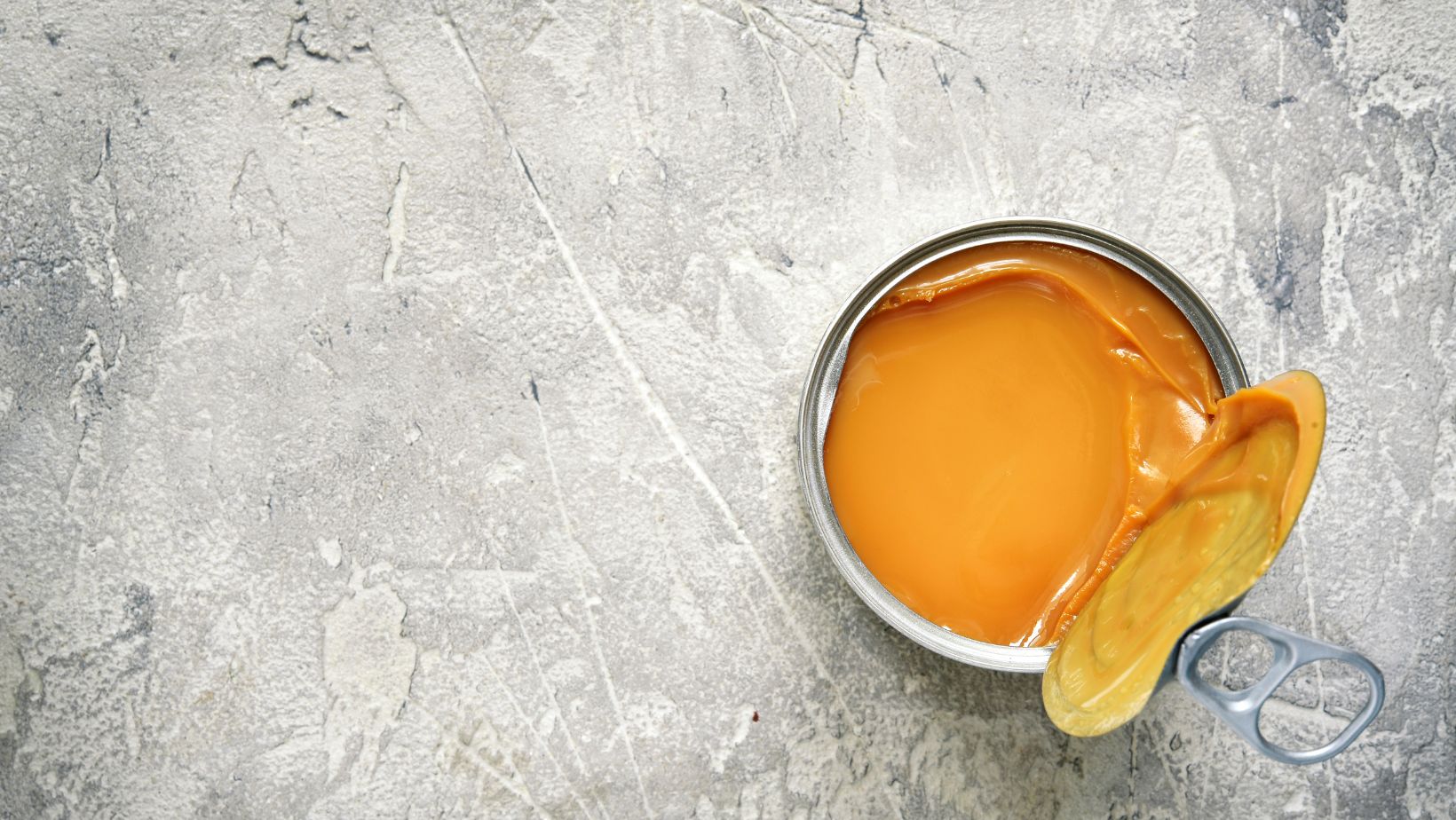Looking to satisfy your sweet tooth with some exotic flavors? Look no further than Arabic dessert recipes. With their rich and diverse culinary heritage, Arabic desserts offer a tantalizing blend of textures and flavors that are sure to delight your taste buds.
Arabic cuisine is known for its use of fragrant spices like cardamom, rose water, and saffron, which infuse their desserts with an irresistible aroma. From creamy puddings like muhallabia to syrup-soaked pastries like baklava, Arabic sweets are a true treat for the senses.
Arabic Dessert Recipes
Easy and Quick Arabic Dessert Recipes
When it comes to satisfying your sweet tooth in a hurry, easy and quick Arabic dessert recipes are the way to go. These delightful treats can be whipped up in no time, making them perfect for those moments when you’re craving something sweet but short on time. Here are a few examples of such recipes:
- Basbousa: This semolina cake soaked in syrup is a popular Middle Eastern dessert that requires minimal effort to make. With its moist texture and aromatic flavors of rosewater and orange blossom water, Basbousa is sure to please your taste buds.
- Mahalabia: A creamy milk-based pudding infused with flavors like rosewater or orange blossom water, Mahalabia is a simple yet elegant dessert that can be prepared within minutes. Top it off with chopped pistachios or almonds for added crunch.
- Date Balls: Made from just a few ingredients including dates, nuts, and coconut flakes, these bite-sized treats are packed with natural sweetness and energy. They require no baking and can be rolled together in a matter of minutes, making them an ideal option for busy days.
Traditional Arabic Dessert Recipes
For those who appreciate the rich culinary heritage of the Arab world, traditional Arabic dessert recipes offer a glimpse into centuries-old traditions and flavors. These desserts often feature ingredients like nuts, honey, dates, and fragrant spices that have been cherished for generations. Here are some classic examples:
- Baklava: A beloved pastry made with layers of flaky phyllo dough filled with chopped nuts (usually pistachios or walnuts) and drenched in sweet syrup or honey. Baklava is known for its delicate balance between crunchy layers and sticky goodness.
- Umm Ali: Also known as “Mother of Ali,” Umm Ali is an indulgent bread pudding-like dessert made with layers of phyllo pastry, nuts, raisins, and milk. It’s then baked until golden and served warm with a sprinkling of powdered sugar and ground cinnamon.
- Kunafa: A show-stopping dessert that consists of shredded phyllo dough (kataifi) layered with cheese or cream filling, soaked in sweet syrup, and often garnished with pistachios or other nuts. Kunafa is known for its contrasting textures of crispy on the outside and gooey on the inside.

Easy Homemade Baklava Recipe
Ingredients for Homemade Baklava
To create a delicious batch of homemade baklava, you’ll need the following ingredients:
- 1 package of filo dough sheets
- 1 cup of unsalted butter, melted
- 2 cups of finely chopped nuts (such as walnuts or pistachios)
- 1/2 cup of granulated sugar
- 1 teaspoon of ground cinnamon
- A pinch of ground cloves
- A splash of rosewater or orange blossom water (optional)
- For the syrup:
- 1 cup of water
- 1 cup of granulated sugar
- Juice from half a lemon
Feel free to adjust the quantities according to your taste preferences. Now that we have all the necessary ingredients, let’s move on to preparing this delectable dessert.
Preparing the Filo Dough
Before we dive into assembling the baklava, it’s important to prepare the delicate and thin filo dough properly. Here’s a step-by-step guide:
- Start by thawing the filo dough according to package instructions. It’s crucial to handle it with care as it can dry out quickly.
- Lay one sheet onto a clean surface and brush it generously with melted butter using a pastry brush.
- Place another sheet on top and repeat the process until you have around six layers.
- Spread a layer of nut filling evenly across the top sheet, making sure not to press down too hard.
- Add six more layers of buttered filo dough on top, followed by another layer of nut filling.
- Continue this process until you’ve used up all your nut filling, ending with six layers on top.
Bob Duncan is the lead writer and partner on ConversationsWithBianca.com. A passionate parent, he’s always excited to dive into the conversation about anything from parenting, food & drink, travel, to gifts & more!
